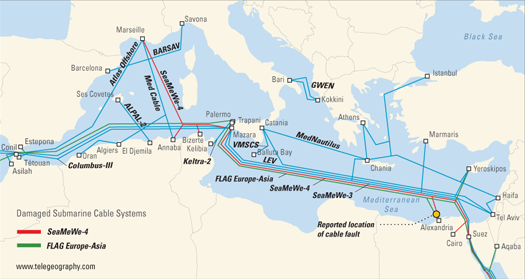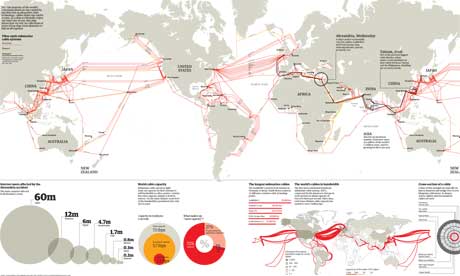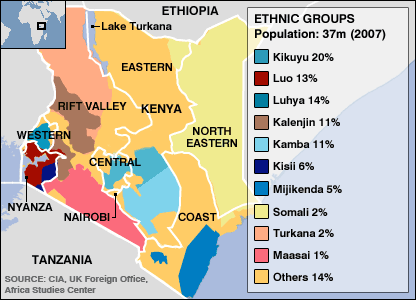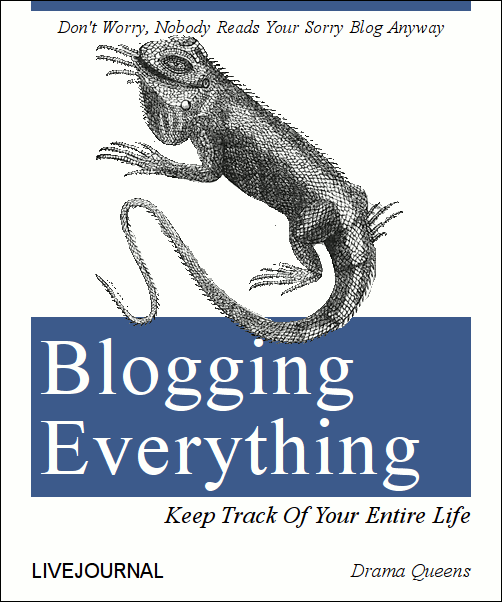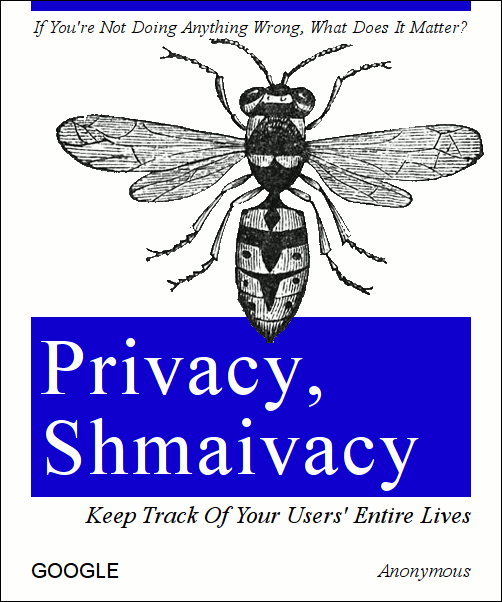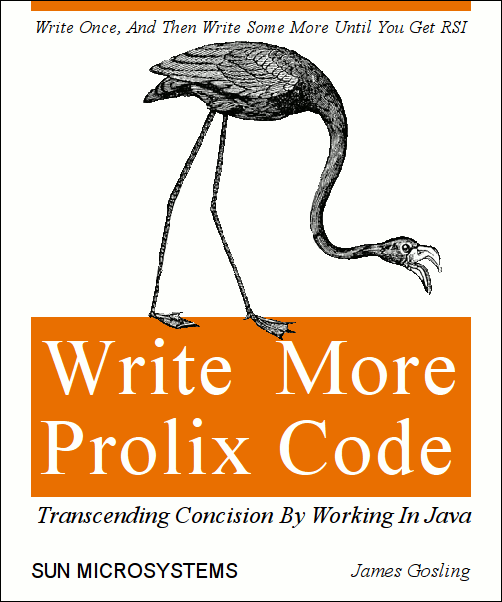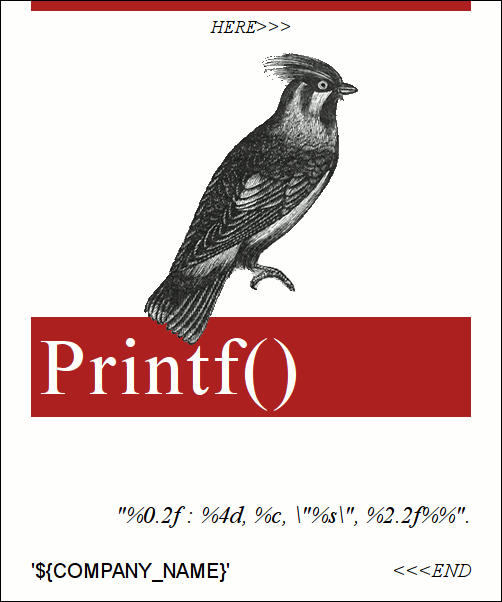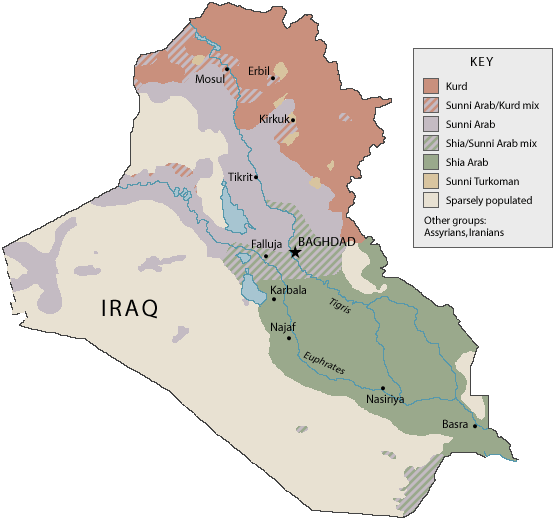or, how I learned to stop worrying and love the XMLHTTPRequest…
This is the first part of what will become an ongoing series.
If you’ve built a website in the last few years, most likely you’ve adopted an architecture similar to Model-View-Controller, or MVC. If not, well, either your website is terribly simple, you haven’t had to modify it yet, or your code is spaghetti and you should be fired. Just kidding. (Or maybe you’ve come up with an even better architecture, in which case you should share your insights with us mere mortals.)
In MVC architecture, the model reads and writes data to and from a back-end data-store, and organizes the relational data in a nice, hierarchical fashion to be used by the controller. The view accepts input from the controller and generates output HTML, XML, RSS, JavaScript, SVG, PDF, or whatever you want to send to the user’s browser. And the controller accepts browser input, figures out what to query the model for, and picks which view to use and what data to send it.
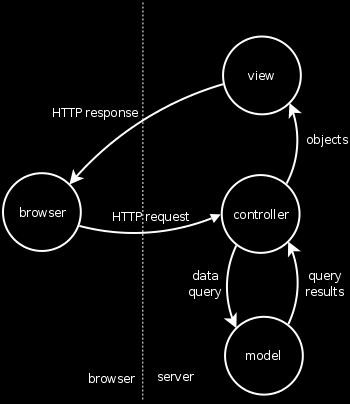
Continue reading →
